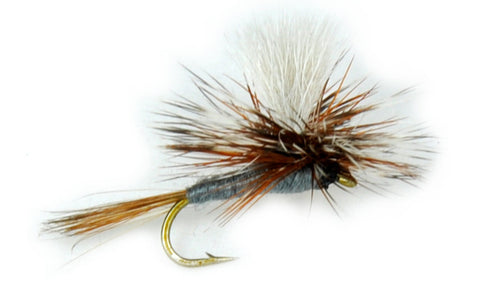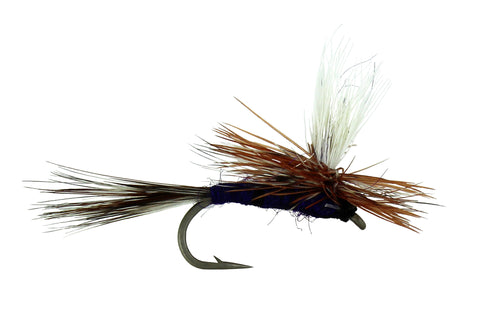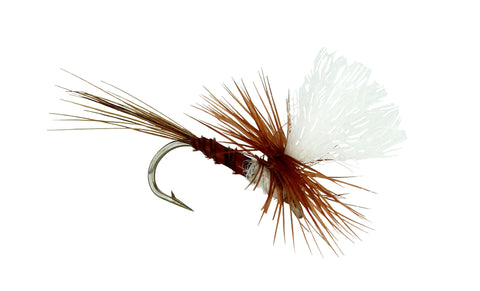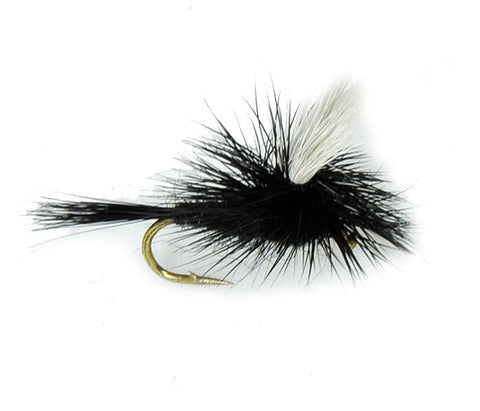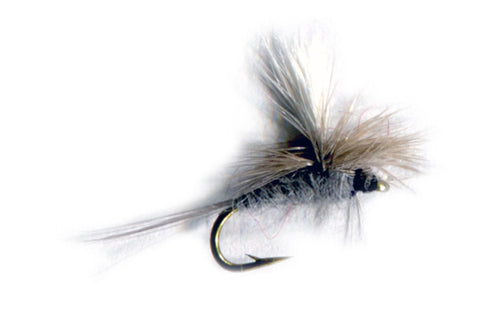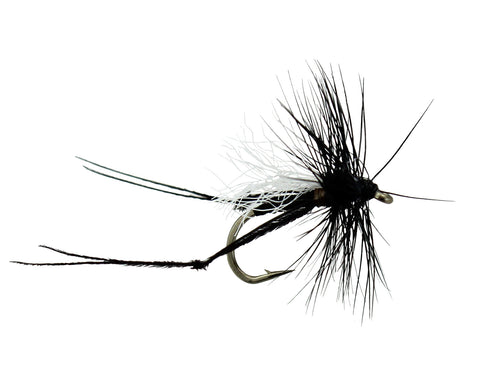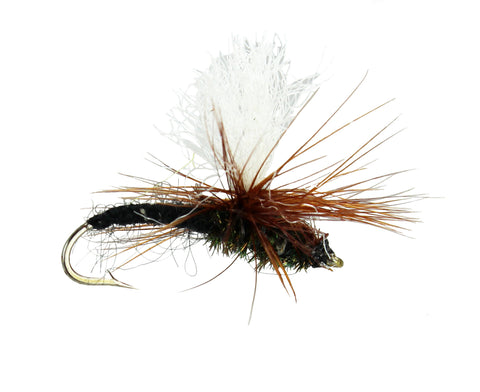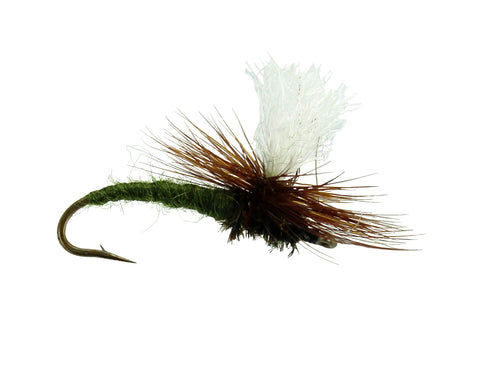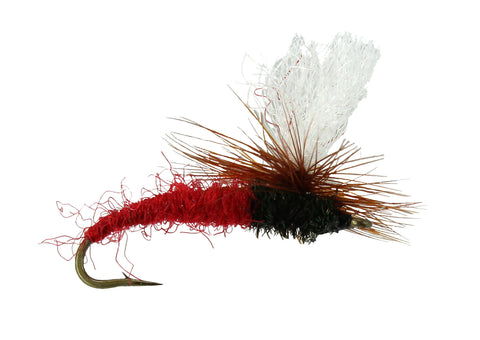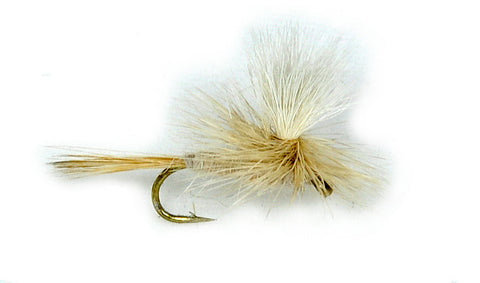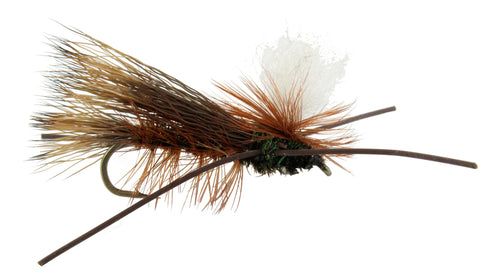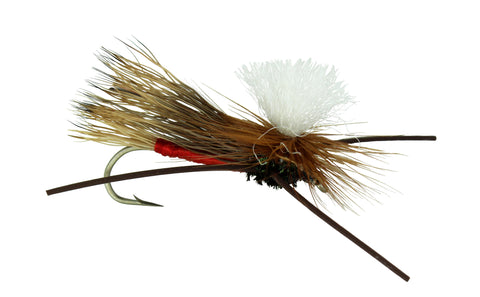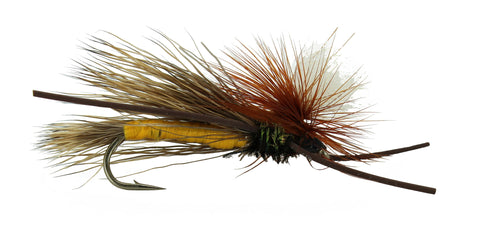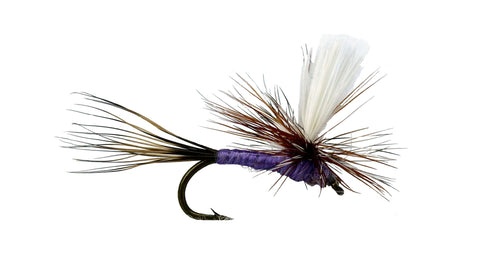Pale Morning Dun - Parachute

This Pale Morning Dun Parachute pattern should be accompanied by the Pale Morning Dun dry fly pattern which is an all season pattern starting in late spring to late fall. This Pale Morning Dun pattern imitates predominantly the Ephemerella excrucians a significant pattern. This hatch is significant due to the fact that it occurs for an extended period of time in various volumes in the West, but in the East hatches are shorter lived. Fish this pattern in most aquatic systems, but most frequently look for weedy, faster waters in the West and slower to medium runs in the East. Fish this Pale Morning dun, in the East late afternoon early evening and late morning to early evening in the West. The hatch will typically occur in slower, longer more sedate flows. Due to the size of the mayflies, they will struggle in the water surface and with warmer weather will spend less time in the surface tension.
As the parachute pattern sits with its body in the water it looks wholly different to the fish. There are a number of instances where the insects we aim to imitate are best represented by a parachute pattern. The only time a natural insect will have its body lying flat on the water surface is during emergence. During emergence some insects are trapped by that the surface tension of the water. In addition, later in the day when there is a spinner fall, they are trapped by the surface tension. The hackle of a parachute pattern is different, it is spread laterally. This in turn changes the view from underneath the fly. It looks like an emerging insect that is spreading its legs to get that extra support and push from the shuck before it starts drying its wings. Lastly, when the female insect returns to lay her eggs wings often are caught in the surface tension and take on water. Again due her weight increasing, she will extend her legs to gain additional support. Many females are unsuccessful in flying away and this is another excellent time to use the parachute pattern as they float down with their legs extended sideways and wings trapped in the surface tension. The human benefit, we can see the post so much more clearly.
When fishing any dry fly pattern, matching the color and the size to the hatch are critical, with presentation being the finishing touch to this trinity. Often overlooked is the casting of shadow from your leader, which may lead to spooked fish. We suggest selecting a high float leader. Additional waterproofing can be given to your fly delaying it becoming waterlogged, by applying a flotant product such as Gink ®.

